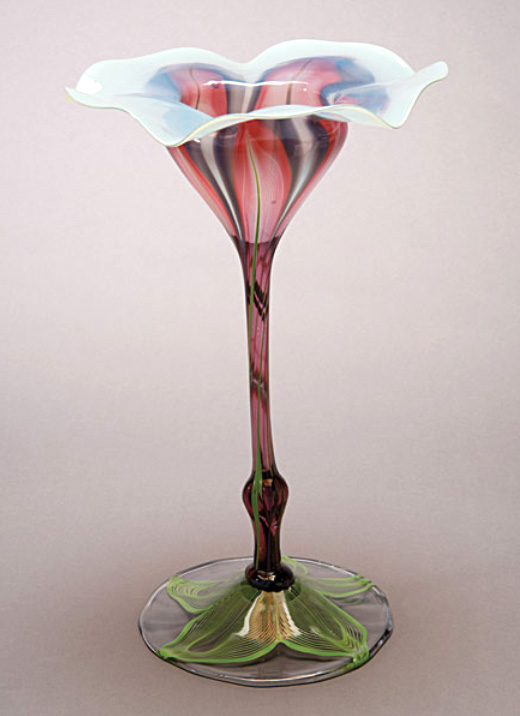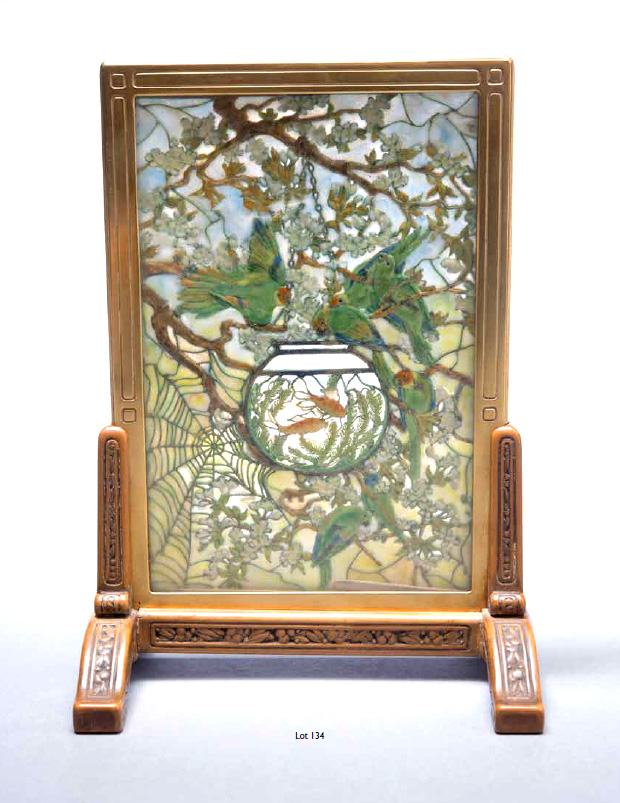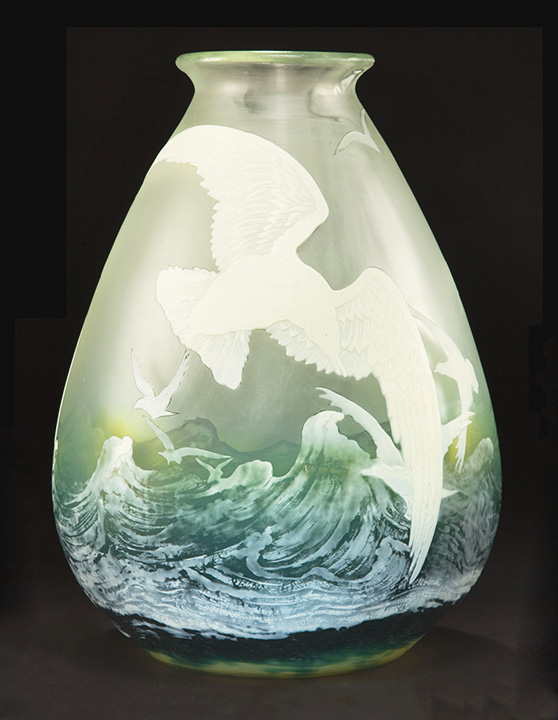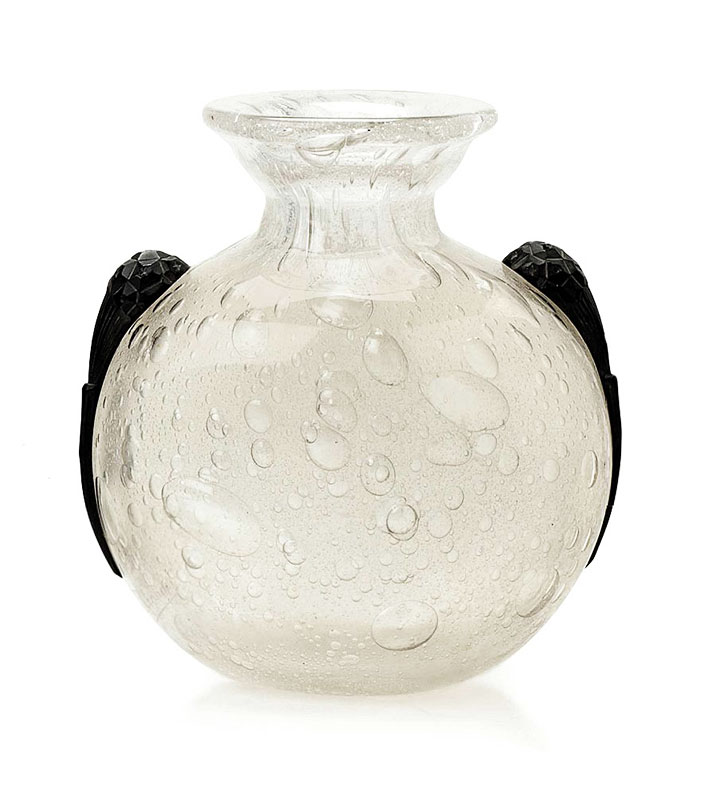My goal is to publish new posts twice a week — Mondays and Thursdays. However, if you don’t see a new post on Thursday, it’s because I was too busy, so please look for a new one the following Monday.
Michaan’s Auctions held its Treasures of Louis C. Tiffany from the Garden Museum, Japan sale on November 17, 2012, with fairly disastrous results. Approximately $3.5 million sold against a low estimate of $15 million. What could have caused such a debacle? Following is my understanding, based partly on information from a very reliable source.
Let’s start from the beginning, as best I know it. Takeo Horiuchi, a successful Japanese real estate investor, amassed a comprehensive and mostly wonderful collection of Tiffany Studios items over a period of approximately 17 years, aided mainly by Alistair Duncan, author and reputed Tiffany expert. Mr. Horiuchi displayed his collections at different museums that he constructed in various locations in Japan. Recently Mr. Horiuchi decided to sell his entire collection, concerned about the possibility of damage by earthquakes. Mr. Duncan represented him in the sale.
The first prospective buyer had a deal to purchase the entire collection for $58 million. He passed, based on his conclusion that the collection wasn’t worth the asking price. Ultimately, Alan Michaan was persuaded by Mr. Duncan to purchase the collection. Surely Mr. Duncan’s purported 7-figure commission helped his powers of persuasion. What Mr. Michaan did not know was that some of the valuable items in the collection were not as represented. Supposedly some were not authentic and several had important condition issues, like cracks in the Lava vases. Most everything in the sale was authentic, but there were questions about a few items.
Fast forward to the auction. Michaan made the classic and fatal error of putting very high estimates (and reserves) on the items in the sale. It appeared to be a retail sale, rather than an auction. Had the items been estimated conservatively, they would have garnered much more interest and bidding. Consignors who are willing to risk a loss (with a low reserve) generally come out smelling like roses. Interest and bidding are strong and the high estimates are usually exceeded. In this case, Michaan was both the consignor and auctioneer and apparently not willing to lose on any individual item. If the auction had very low reserves, I can assure you the sale would have done fabulously well. Not every lot would have been a winner, but the winners would have far outweighed the losers. Mr. Michaan should have trusted the buyers to know what to pay. The rewards would have come to his bottom line and to his reputation.
Some items did sell well, including a gorgeous and rare red Tiffany Favrile floriform vase. Estimated to sell for $250,000 – $350,000, it realized $236,000 including the buyer’s premium — below the overly-high low estimate. A small, but superb, enameled Tiffany tea screen sold for $324,500, below the aggressive estimate of $400,000 – $600,000.
This could and should have been a great auction that would be remembered for years to come. Unfortunately, it will be remembered for years to come for the wrong reasons. For the complete results of the sale, click on the following link. Michaan’s Tiffany results.
I will be posting videos on YouTube of my lecture on French Cameo Glass to the Metropolitan Glass Club. I need some time to edit the videos. When they’re ready, I’ll put the link on my website and here in my blog.
Click this link to view some of the new objects I recently purchased and listed. French glass for sale. We always strive to offer the finest objects for sale on our website and at every show.
Look around my website. There are many items for sale, sold items with prices and free lessons about glass and lamps. I regularly add Tiffany vases, lamps and desk accessories, as well as French cameo glass by Galle and Daum Nancy and etchings by Louis Icart. Here’s the link. Philip Chasen Antiques.




